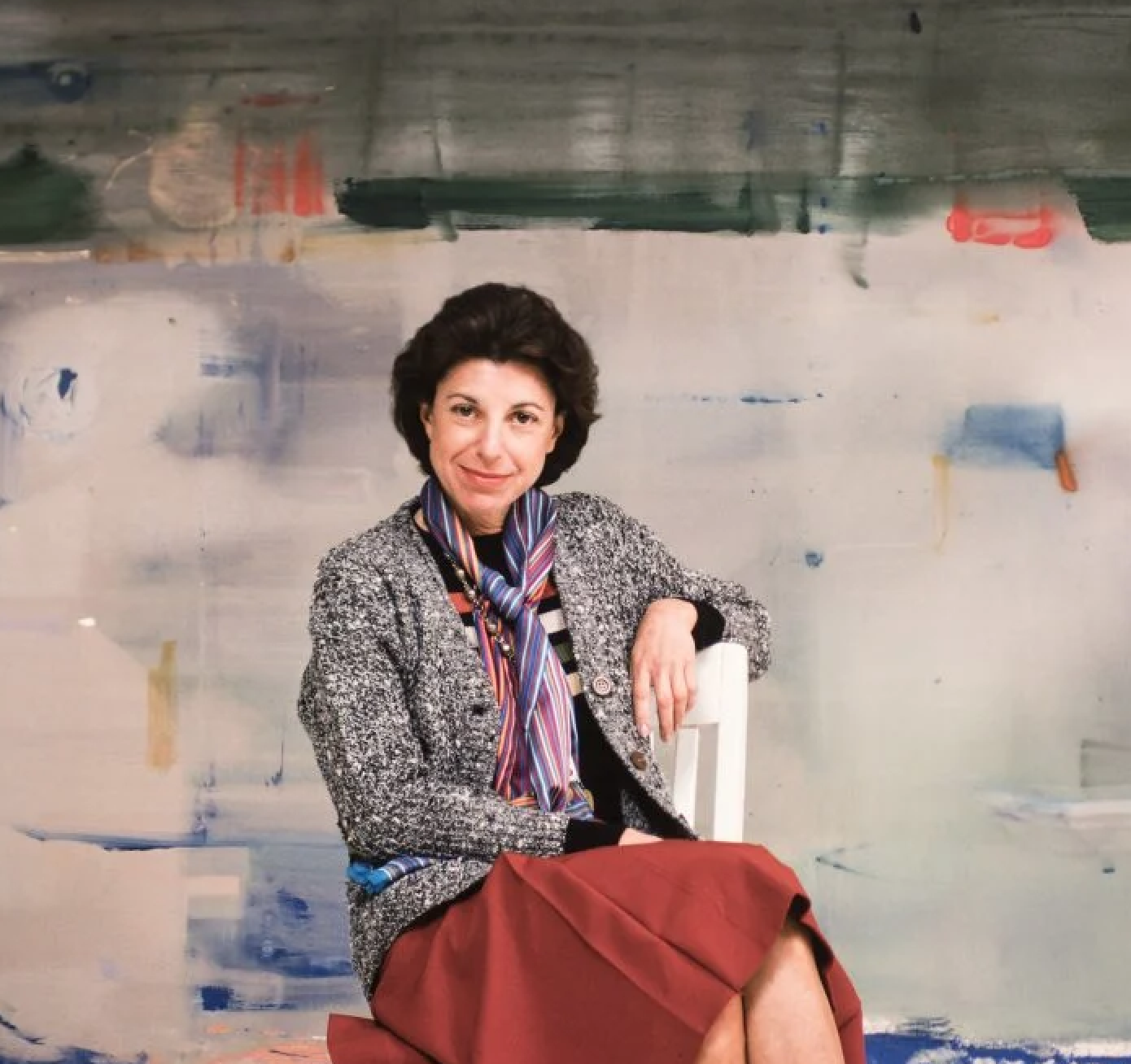HELEN FRANKENTHALER
Helen Frankenthaler (1928-2011) was a crucial abstract expressionist painter who had a big impact on American art after World War II. Specifically, she collaborated with Willem de Kooning and Jackson Pollock during the movement's second wave. Over the course of her six-decade career, she artistic practice continuously evolved. Most notably, Frankenthaler is credited with using her ground-breaking soak-stain method to bridge the gap between Abstract Expressionism and Color Field painting. Using this technique, which involved pouring diluted paint straight onto the canvas, she incorporated references to figurative and landscape features into her abstract works while also allowing abstracted forms and colors to flow and blend together. Frankenthaler was born in New York City and graduated from Bennington College where she studied with Paul Feely and Hans Hoffman. Her professional journey started by her regular presences in major international exhibitions. She won first prize at the Primiere Biennale de Paris and represented the United States at the 33rd Venice Biennale in 1966. She continued to work throughout the early 2000s, always experimenting with different media such as printmaking, tapestry, sculpture, and ceramics.
Numerous museum exhibitions have focused on Frankenthaler's prolific career, including retrospectives at the National Gallery of Art in Washington, DC the Solomon R. Guggenheim Museum, the Los Angeles County Museum of Art, the Detroit Institute of Arts, the Museum of Modern Art in New York (MoMA), and the Jewish Museum in New York.

